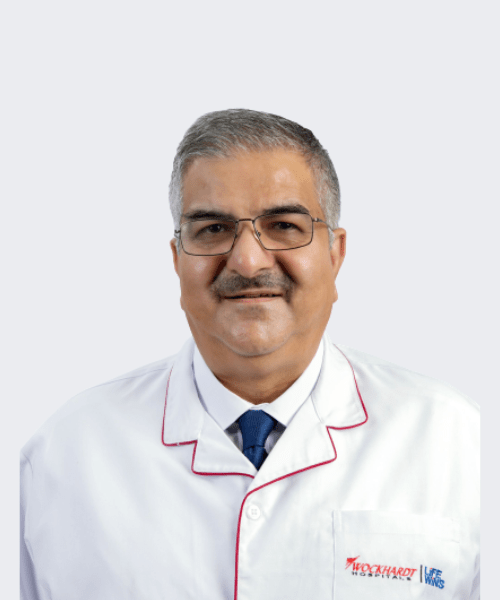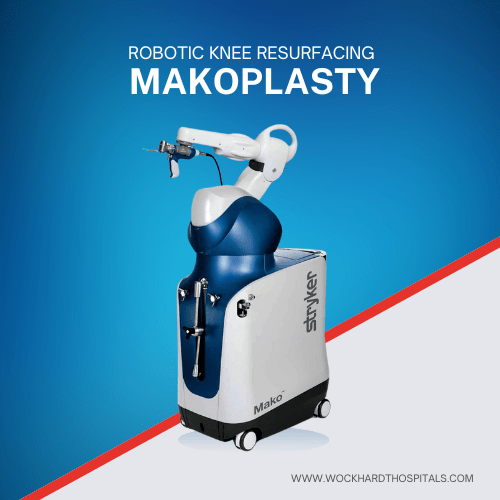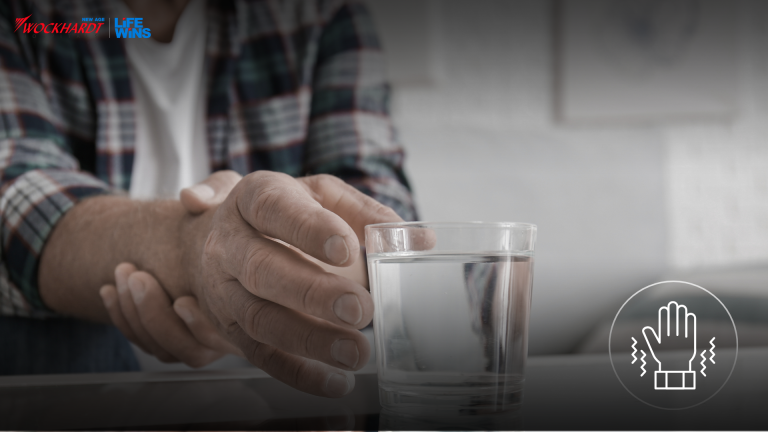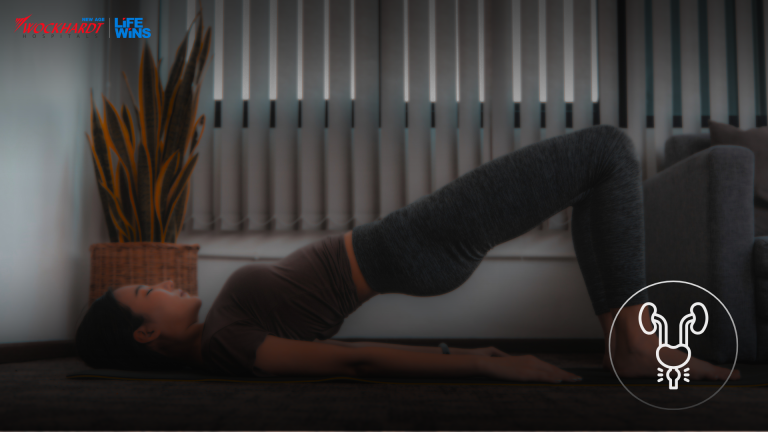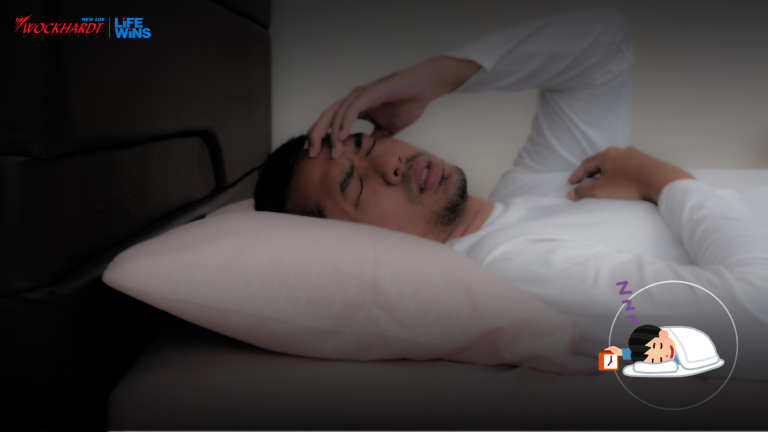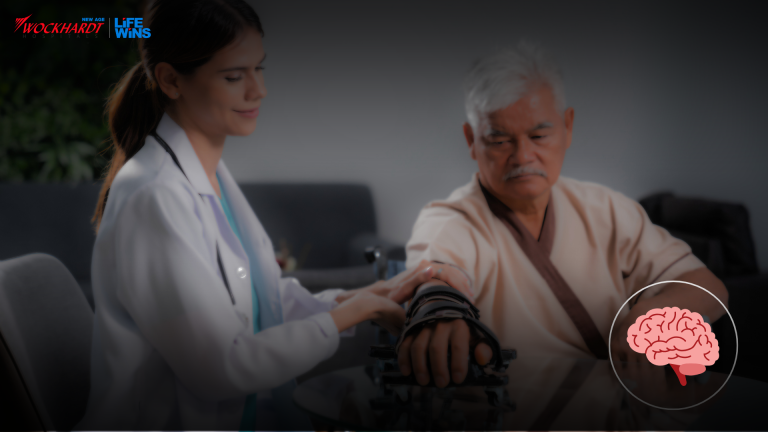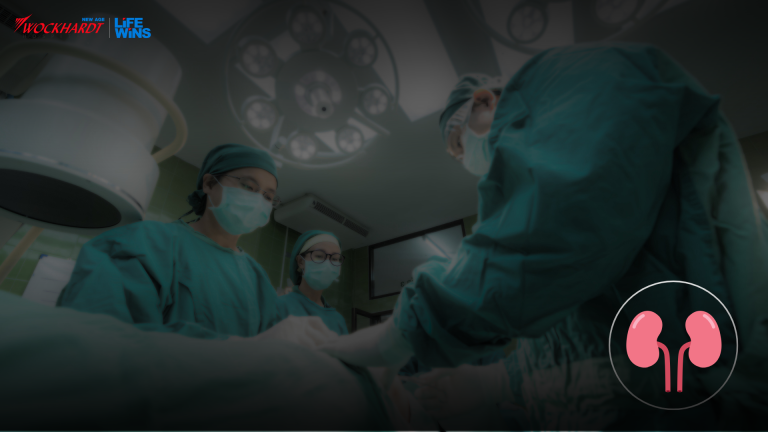Home » Medical Procedure » Lumbur Decompression Surgery
Lumbur Decompression
Surgery in India
What is Lumbar
Decompression Surgery?
Lumbar decompression surgery is a surgical procedure to free up the decompressed nerves at the lumbar region of the spine. This decompression surgery aims to alleviate pain and numbness caused by the compressed or pinched nerve, which has two very common causes – lumbar spinal stenosis or lumbar herniated disc. Pain caused by a pinched nerve is medically termed ‘Radiculopathy’ or Sciatica.
This decompression surgery usually involves the removal of a small portion of bone or/and disc material over the irritated nerve to give it space to heal. This type of decompression surgery is usually performed when other methods of non-surgical treatments fail to respond. Let’s understand this in detail.
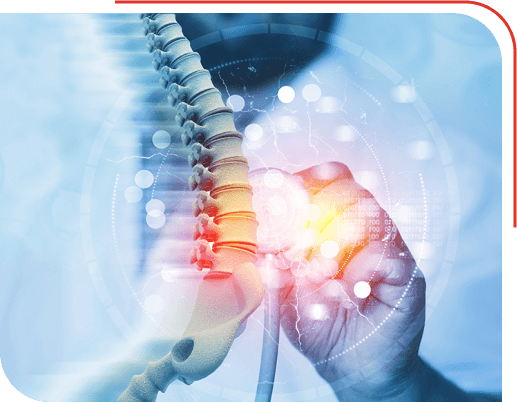
Renowned Lumbur Decompression Surgeons
at Wockhardt Hospitals
- Mumbai Central
- Mira Road
- Nagpur
- Rajkot
Why is this Surgery
Performed?
Sometimes overgrowth or wearing off of bones within the spinal canal can limit the space available for the nerves coming out of the spinal cord, causing pressure on the nerves. This pressure can cause pain, weakness, and numbness that can radiate down the legs in some cases shoot from the neck to either arms. Surgery in the adjacent parts can help alleviate the symptoms.
It may also be performed as an accompanying part of another surgery (such as in the treatment of herniated disc of the spinal cord) to gain access to herniated lumbar disc.
What Symptoms Does it Treat?
Pain and numbness in the arms, neck, and legs are the most common symptoms of a compressed nerve. The symptoms which can be treated by lumbar decompression surgery include:
- Pain (Paresthesia)
- Altered sensations
- Muscles weakness
- Difficulty in walking
- Trouble balancing
- Incontinence issues or difficulty in controlling the bladder.
The above-enlisted symptoms, if left untreated, can lead to loss of specific function & disease apart from chronic pain in the arms, hands, legs, or feet.
Types of Lumbar
Decompression Surgery
This surgery may be performed to address physical symptoms caused by pressure on the spinal nerves. It may include a single or a combination of the following surgeries:
- Laminectomy – involves the removal of bones from the vertebrae to provide space to compressed nerves.
- Microdiscectomy – a part of the extruded spinal disc may be removed by performing a minimally invasive spine procedure, usually on the lower back
- Spinal Fusion – two or more spinal bones may be joined to provide stability in case of instability caused by defects in the bony part/trauma/degenerative process.
How is Lumbar
Decompression Surgery Performed?
At Wockhardt Hospitals, minimally invasive surgery is performed with the help of state-of-the-art equipment using the latest technology to ensure minimal blood loss and scarring, along with speedy recovery and healing. Lumbar decompression surgery either removes or modifies overgrown or extra bone structures, spinal discs, or soft tissues. The form of surgery may vary depending on the need and cause.
Before Procedure
Before deciding upon any surgery, the consulting doctor may perform certain tests to be able to provide an accurate diagnosis of your symptoms. You must disclose any medications that you take or any allergies that you may have. During the process of diagnosis, physical tests and sometimes blood tests and imaging tests such as an X-ray/MRI may be performed depending upon the age, underlying problem, additional health conditions such as diabetes, high blood pressure (BP), etc., of the patient. The doctor may recommend taking certain medications or suggest lifestyle changes in order to prepare for the surgery.
During Procedure
Lumbar decompression surgery is performed under anesthesia, whether general or local. This means you won’t feel any pain during the surgery and will be under constant monitoring. In the case of general anesthesia, you will likely sleep through the surgery.
The surgeon may make tiny cuts on certain areas of your lower back depending upon the region of surgery. After freezing nerves, the surgeon will close the cuts and stitch.
After Procedure
Post-surgery comprehensive patient care is the most crucial part of the procedure at Wockhardt Hospitals to ensure the sure-shot success of the surgery. You will be transferred to the dedicated recovery room, where you will be under constant monitoring and evaluation to look for any complications after the surgery. Medication and therapy may be recommended by the doctor in order to reduce pain after the surgery and check for progress.
Recovering After
Lumbar Decompression Surgery
At Wockhardt Hospitals, round-the-clock, comprehensive care and rehabilitation is provided to each patient to ensure proper & prompt recovery. Usually, patients can return home within seven days after the surgery depending upon the complexity of the surgery. With the assistance and cooperation of physiotherapy experts, most patients are usually able to walk on their own after 2-3 days of the surgery.
Avoiding strenuous activities may be recommended to the patients for at least six weeks or even more, depending upon the post-surgery recovery level. Patients can return to their daily jobs after completely recovering from the surgery, which will be determined only by the concerned doctor.
Risks Associated with
Lumbar Decompression Surgery
Lumbar decompression surgery is widely used for treatment and is often successful in treating the underlying problems of back pain. However, like any other surgery, it also carries certain risks and complications, which we have enlisted below.
- Infection: Although rarely but infection may occur at the site of operation
- Clot Formation: The formation of blood clots, specifically at the legs, is known as deep vein thrombosis (DVT). In rare cases, these clots may travel to the lungs causing pulmonary embolism.
- Poor recovery of already damaged nerves: In rare cases, there may not be expected recovery of spinal nerves leading to continuing numbness or weakness and even partial paralysis.
- Spinal fluid leakage
- Excessive bleeding
Effectiveness of
Lumbar Decompression Surgery
Lumbar decompression surgery at Wockhardt Hospitals has been a very successful surgery for people with pain and numbness from decompressed spinal nerves. Our patients have reported noticeable improvement in pain and other related symptoms. More than 95% of patients have experienced significant improvement in pain after the surgery, all thanks to our highly trained & experienced medical professionals and their patient-centric approach.
FAQs
Q. Who is a good candidate for lumbar decompression surgery?
People who have chronic pain and neuropathies due to a decompressed nerve caused by a herniated disc, spinal stenosis, etc., may require lumbar decompression surgery as the best treatment alternative. It is especially recommended for patients who have not responded well to physical therapy, medications, or injections.
Q. How long will I have to stay in the hospital after lumbar spine decompression surgery?
Typically, patients spend 1-5 days in the hospital following the lumbar decompression surgery, sometimes even being discharged the same day of the surgery. The length of hospital stay depends upon the procedure done, how well the patient reciprocates postoperative therapy and medications, and the need to monitor health conditions following the surgery if chances of complications are suspected.
Q. Is anesthesia required for lumbar decompression surgery?
Most lumbar decompression surgeries are performed while under general anesthesia – where the patient sleeps throughout the procedure. In some cases, local anesthesia can be administered, which may reduce risks associated with general anesthesia. However, such type of surgery may be performed on a case-by-case basis.
Q. What is the success rate of lumbar decompression surgery?
Lumbar decompression surgery is a very successful surgery, with almost 60%-70% of patients reporting significant improvement in their symptoms at or after six months of the surgery. However, the success of the surgery may vary depending upon the type of procedure done, the comorbidities of the patient, the severity of the spine conditions, and the age of the patient.
Q. When will I be able to return to work after lumbar decompression surgery?
Patients require proper rest after the surgery so that they can heal properly; otherwise, problems may persist. Depending upon the type of work and the procedure performed, patients generally take about 2-4 weeks to return to work with extra precaution and following the advice of the treating doctor.









